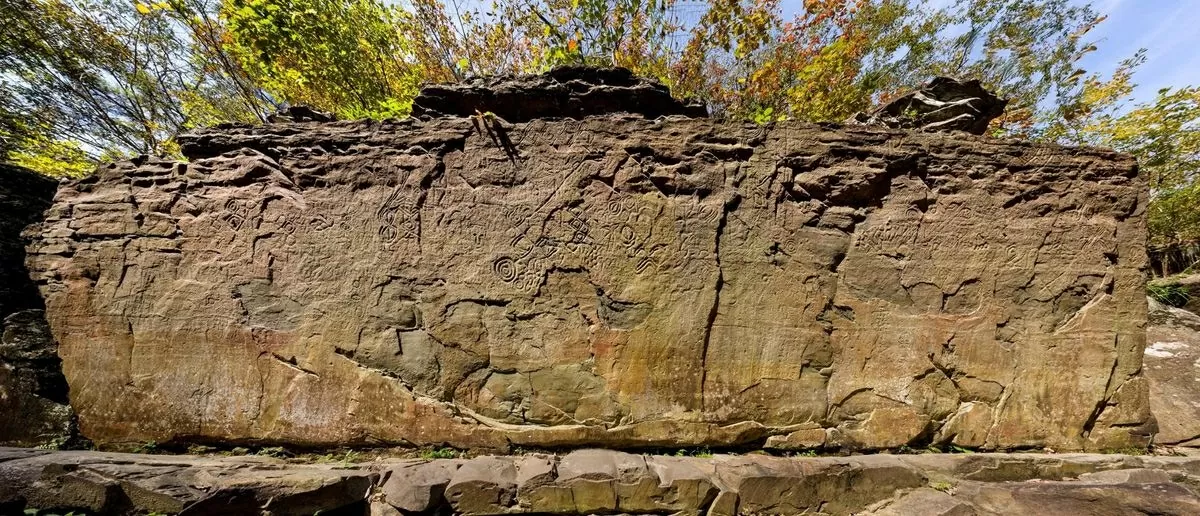 |
| The special feature of the rock carvings at Cheonjeon-ri (Korea) is that the carved images span many periods, from the late Neolithic to the Unified Silla period. (Source: Korea Heritage Administration) |
Two clusters of prehistoric rock carvings in the city of Ulsan, South Korea, have been recognized by UNESCO as World Heritage sites, marking an important step forward in the journey to preserve ancient visual documents of coastal life in East Asia.
The decision was made at the 47th session of the World Heritage Committee, held in Paris over the weekend. The two sites inscribed are Bangudae Terrace and Cheonjeon-ra. Both are national treasures of Korea, located along the Bangucheon stream.
Discovered in 1971, the rock carvings at Bangudae span a 3-meter-high, 10-meter-long cliff face, with a total of 312 carvings. The images include humans, land and sea animals, boats and tools - depicting Neolithic coastal life. The most striking are the intricately carved whales, making this site the oldest evidence of whaling in human history.
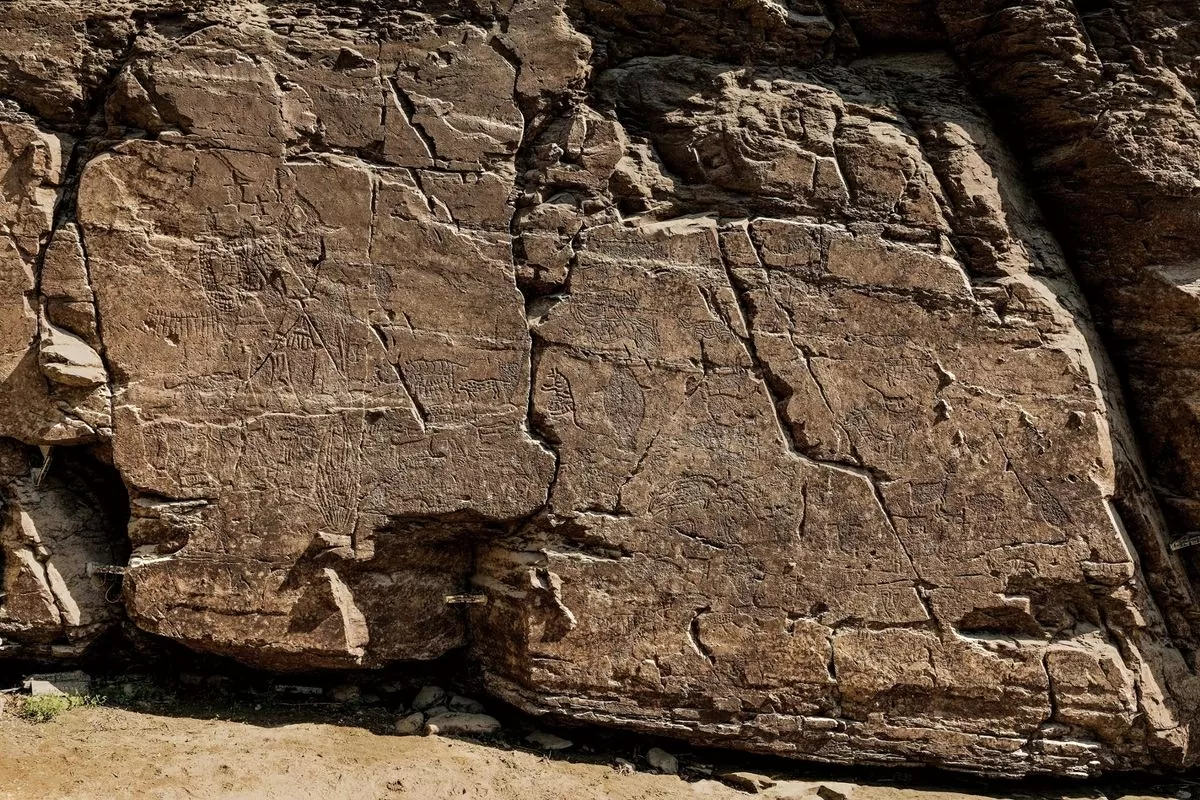 |
| Rock carvings at Bangudae Terrace, located along Bangucheon Stream in Ulsan. (Source: Korea Heritage Administration) |
About 2 kilometers away, the Cheonjeon-ri carvings – discovered in 1970 – show an astonishing variety and temporality. The carvings here combine Neolithic human and animal figures, Bronze Age geometric patterns, delicate Iron Age engravings, and writing from the Three Kingdoms period to the Unified Silla period (18 BC – AD 935).
However, both sites are at risk of being damaged by flooding. The Sayeon Dam, built in 1965, causes the water level of Bangucheon Stream to fluctuate, resulting in the cliffs being flooded for an average of 42 days a year – some years for as long as five to six months. In addition to floodwaters, debris and mud that wash down further erode the rock surfaces.
The South Korean government has proposed installing additional sluice gates at the dam to significantly reduce the duration of flooding, ideally to just one day a year. The project could begin next year and be completed around 2030.
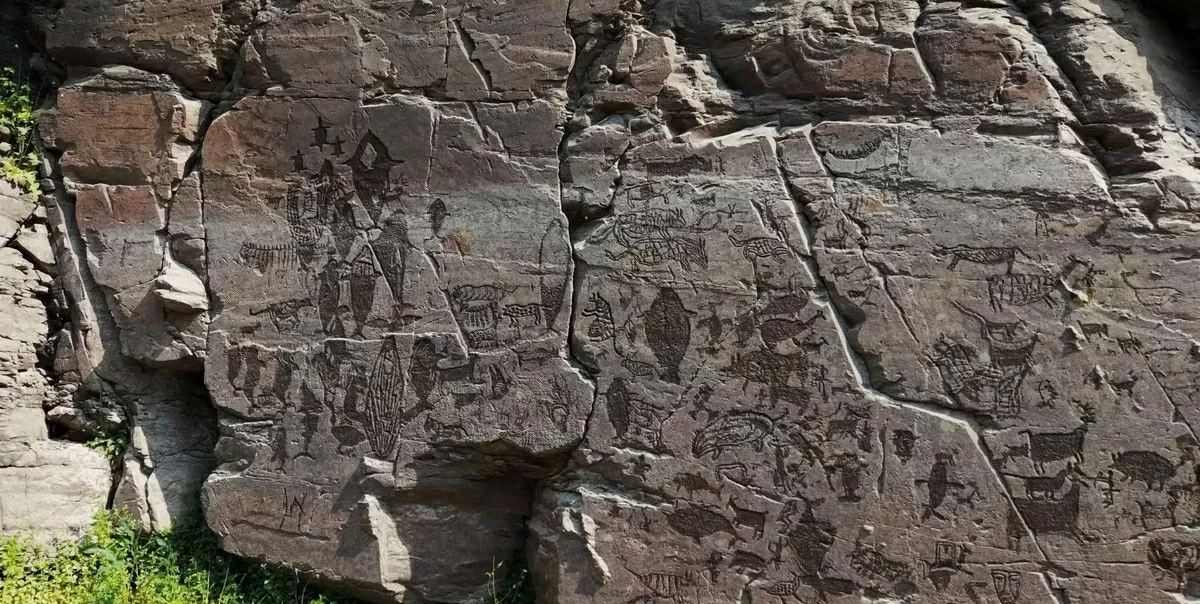 |
| The rock carvings at Bangudae Terrace depict 312 different images, ranging from humans, animals to tools. (Source: Korea Heritage Administration) |
“It has been more than 50 years since these carvings were first discovered, but the journey to UNESCO has never been easy. We will continue to make efforts to preserve and spread the value of this heritage as part of the heritage of all mankind,” said Choi Eung-chon, director of the Korea Heritage Administration.
With this event, Korea now has 17 UNESCO-recognized World Heritage Sites. The inscription of Bangudae and Cheonjeon-ri once again affirms the historical and cultural depth of the land of kimchi.
Source: https://baoquocte.vn/khac-hoa-7000-nam-lich-su-di-chi-da-co-han-quoc-duoc-unesco-vinh-danh-320800.html


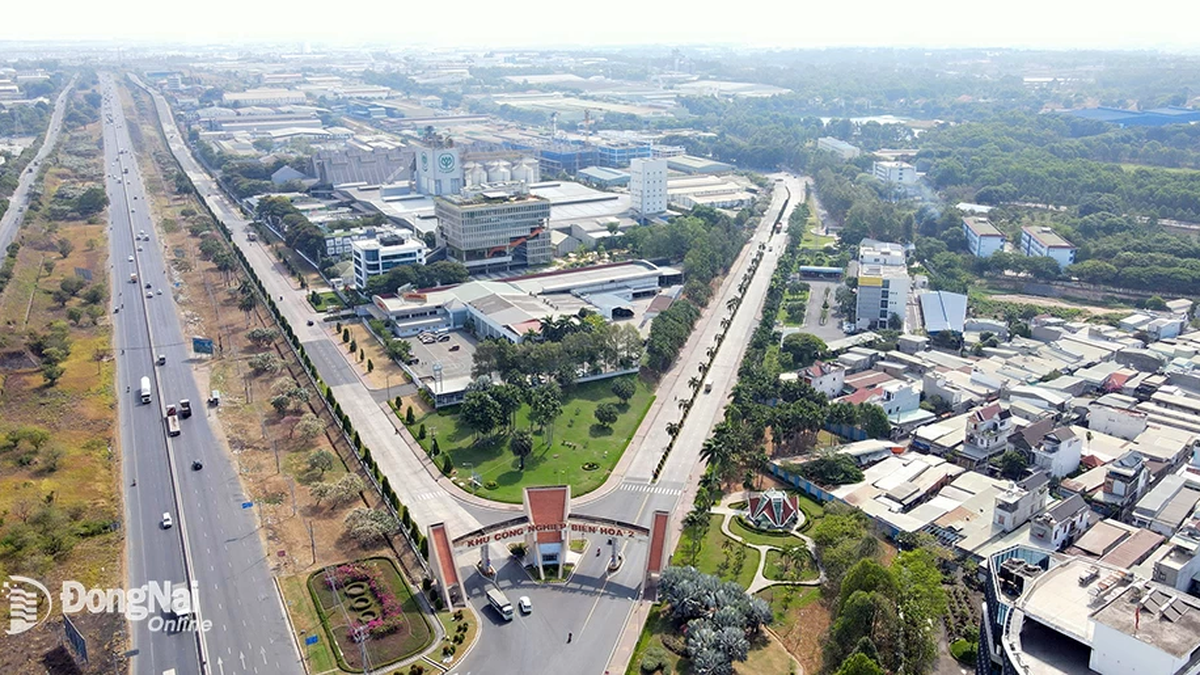







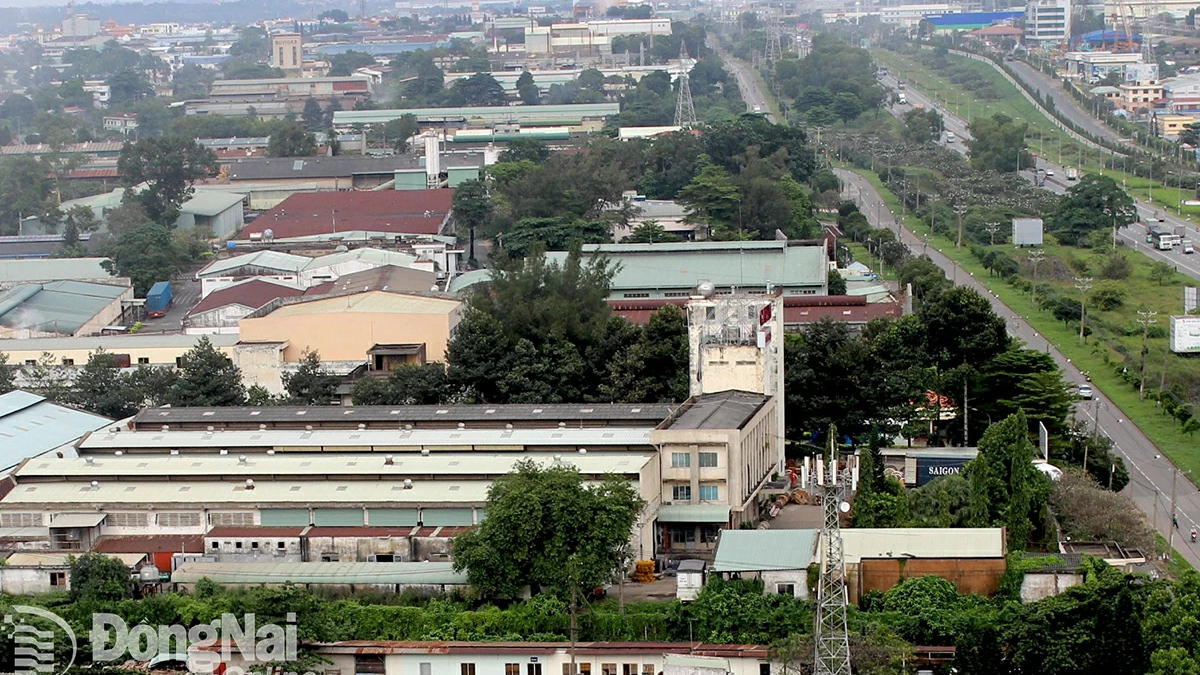


























































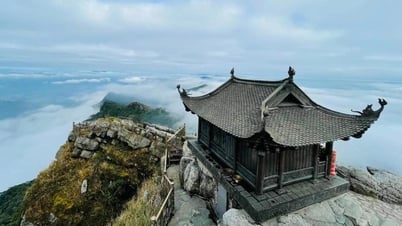


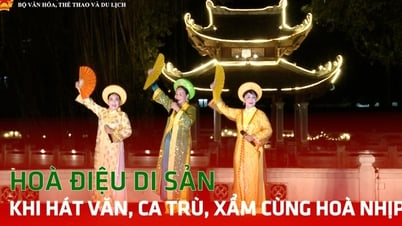




























Comment (0)